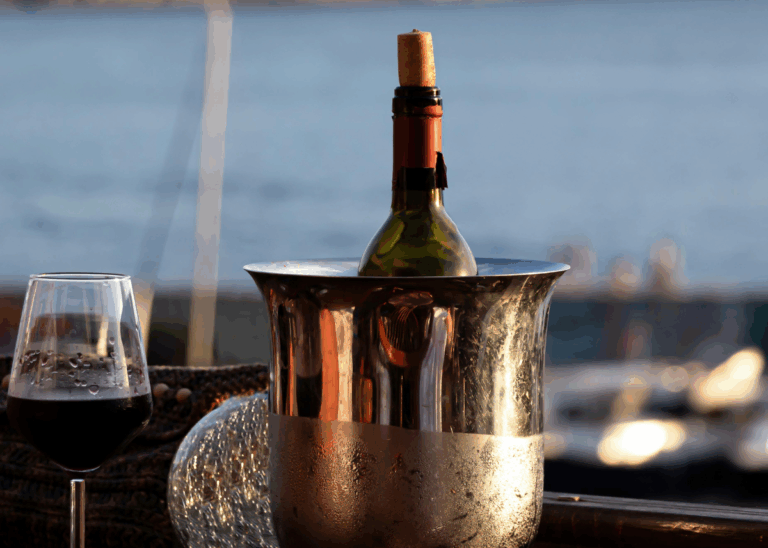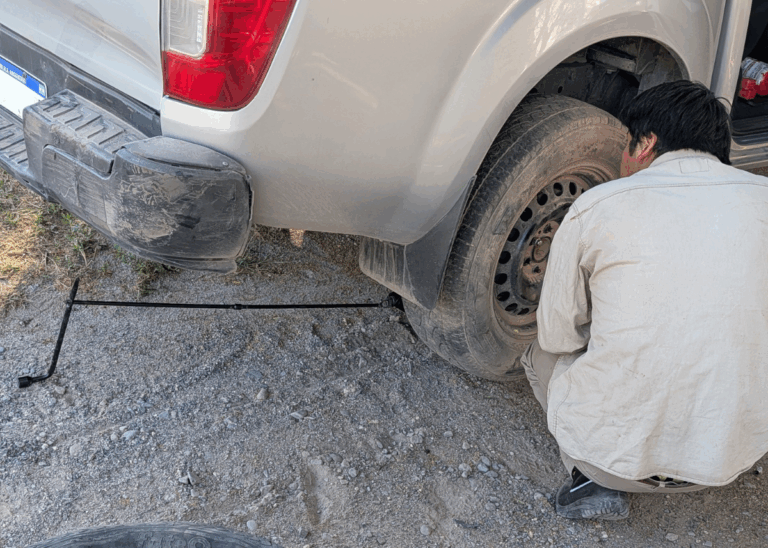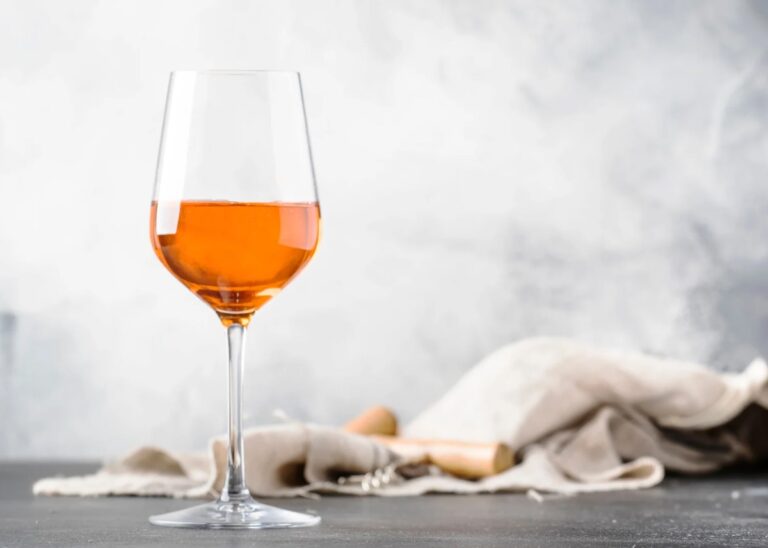[et_pb_section fb_built=”1″ _builder_version=”4.11.1″ _module_preset=”default” global_colors_info=”{}”][et_pb_row _builder_version=”4.11.1″ _module_preset=”default” global_colors_info=”{}”][et_pb_column type=”4_4″ _builder_version=”4.11.1″ _module_preset=”default” global_colors_info=”{}”][et_pb_text _builder_version=”4.11.1″ _module_preset=”default” global_colors_info=”{}”]Contents:
- What Are Regional Wine Appellations?
- Wine Appellation Systems Around the World
- Villages: The Future of Wine Appellations?
[/et_pb_text][et_pb_video src=”https://youtu.be/jKkuBP0GAmQ” _builder_version=”4.11.1″ _module_preset=”default” width=”75%” width_tablet=”85%” width_phone=”100%” width_last_edited=”on|phone” module_alignment=”center” global_colors_info=”{}”][/et_pb_video][et_pb_text _builder_version=”4.11.1″ _module_preset=”default” global_colors_info=”{}”]
Transcript:
Hello, bonjour, and welcome to your new Bonner Private Wines video. Today, I want to tell you about an essential concept to understanding your wine, the origin of wines in general, and their labeling as well. I want to explain the concept of a regional appellation or say, an AVA, as they’re called in the US, versus what we know as a village appellation, where’s the difference and how this matters.
The signifier and difference is particularly important to get your head around European wine in particular, but we’ll see that it actually applies everywhere around the world, in Australia, in Argentina and even California or Oregon.
The origin of a wine, the terroir, the soil, the local climate. We know those are essential determining factors for the quality of a wine.
Right. But how does the labeling reflect those key differences between different places? Well, let’s have a look at this.
What Are Regional Wine Appellations?
Let me take two simple example so you understand what is a regional appellation and how it’s different to a village appellation. One example in France, around me and one in California, as the name indicates, a regional appellation is a designation of origin. What’s known as an AVA in the US or an AOC or AOP in France.
Take Bordeaux, more specifically, in France, as a typical example. Bordeaux is a city in southwest France. It’s surrounded by extensive vineyards all around it that produce from this area alone, about 10 to 15% of all French wine. So it’s a big region. All wines produced in this broad region are known collectively as Bordeaux wines. And they can all claim the regulated appellation title of Bordeaux AOP.
Bordeaux is a regional appellation. As a contrast, though, a wine made from vineyards in a specific village in the region, say around the village of Margaux, or Saint-Emilion, Pomerol, or Pauillac, can claim the corresponding more specific village appellation, and the label will prominently feature the name of the village; Margaux, Saint-Emilion rather than Bordeaux.
Generally speaking, these village appellations are actually of better quality than the broad in generic Bordeaux AOP. That’s because those villages have been well known for producing better quality wines with greater typicity for a long time. So the government granted those villages their own superior appellation titles.
Buy a bottle of Bordeaux appellation wine at your local wine shop, one with Bordeaux written big on the label without any other village name on it, you’ll probably pay it, say 15, 20, $25 max. Now, a village specific bottle, however, will often start at $25 or $50, $100, or even hundreds of dollars if it’s a prestigious appellation like Margaux or Saint-Emilion, if it comes from around those villages.
And that’s how a regional versus village appellation system works. In short, this way of classifying wines or ranking wines applies exactly the same, admittedly, on a broader, bigger scale. In California, you’ll have California wines that just say California Cabernet or California Chardonnay or Pinot Noir on the label. Those are generally either blended from several different areas, therefore generally rather mass produced bulk wines, we could call them, or sourced from the Central Valley of California, an area that is so broad and big and focused on mass production that producers don’t boast about the origin of their grapes.
They don’t write Central Valley, they just say California. In the US, state level AVAs like California are the generic regional appellations, if you wish. For more qualitative areas with better terroir like the Napa Valley, Sonoma County or Santa Barbara County, and many others, wines will have a more specific AVA title and often fetch a higher price reflecting the better quality.
It’s essentially the same type of classification system, whether it’s in Bordeaux or in California.
Wine Appellation Systems Around the World
And this type of regional classification virtually is also applied everywhere. Oregon works just the same as California with broad generic Oregon AVA, and smaller, more specific ones such as the Willamette Valley, the Columbia Valley, or the Columbia Gorge. Burgundy even has generic Bourgogne appellations, one for red Pinot wines and one for the white Chardonnays.
And then they have tens of village appellations for virtually every little town in Burgundy, like the Pommard, Puligny-Montrachet, Vosne-Romanée, Nuits-Saint-Georges, you name them.
Tuscany has a regional toscana, Toscana, as they say in Italy, appellation next to village areas such as the more specific county between Florence and Siena, the Brunello di Montalcino, Montepulciano, Bulgari, etc. Rioja in Spain has sub areas differentiating distinct vine growing terroirs as well. The Rioja Alta, the high Rioja, the Rioja Baja. That’s the Lower Rioja or the Rioja Alavesa.
South Australia has the Barossa Valley. You would have heard about the Adelaide Hills just next to the city or the Coonawarra, just to name a few.
Generally speaking, with exceptions, as always, regional appellations mean large blends, lower quality terroirs, less attention to detail and less local typicity, while narrower designations of origin mean small producers, distinctive features for the wines and better quality overall.
Villages: The Future of Wine Appellations?
Put simply, most wine producers, wineries, winemakers all around the world pursue an ever increasing quality, aiming at getting better vintage after vintage as their vineyards aged, they get better. They get to understand their terroir, each plot, a little bit better.
As this happens over time, wine regions get to identify certain areas as better than others. They create more and more specific village appellations to differentiate the expressions of different wines from different locales. If we take the Napa Valley, many wineries have now adopted specific local names than what’s now become a rather generic Napa Valley title that you see everywhere on many bottles.
Many use names of smaller towns or zones that have now their own AVAs within the broader valley, like Rutherford, Oakville, Stags Leap District, St Helena, Calistoga, Atlas Peak, Spring Mountain and quite a few others as well. There’s about 15 or 16 of those in Napa Valley alone. Those are village appellations, if you wish. The Willamette Valley of Oregon does the same with more fine grained zoning.
AVAs such as the Chehalem Mountains, Dundee Hills, Ribbon Ridge, Yamhill Carlton, etc.
Here we often talk about the extreme altitude wines of Argentina. Salta is the large province there. In particular isolated corner of Salta lies the Calchaquí Valley that we talk about very often here, and we love to source our wines from there.
Within the Calchaquí Valley, that can be quite broad, you’ll find towns like Cafayate, Tolombón, or Tacuil; single valleys, single vineyards that we often mention as well right here.
Similarly, put simply, all regions around the world share the exact same goal: make increasingly good wine year after year. After decades of doing this, of precise viticulture and attention to detail in the winery, certain areas start shining brighter than others.
Those become their own village appellations as their name starts evoking greater quality to consumers in the name of the locale starts appearing on the label. Once that’s done, wineries will generally start bottling single vineyard wines as well for their top sites.
The model, the aim for every wine region is probably Burgundy in France. There they’ve been focused on quality and origin for so long, for so many centuries, they count with over 500 single vineyard sites that have been granted their own appellation, regulated appellations by the government, sometimes for vineyards as small as a few acres. They have the grand crus and premier crus of Burgundy around some of the most prestigious villages in the world, wine villages, some of which sell for thousands of dollars a bottle.
Many wineries even start numbering bottles. We have quite a few in our selections. Number 4682 out of 6780. That’s to feature to display to highlight how rare and unique every flask is like very similarly limited series supercars do that as well.
For me, the best wine is the one that I have in front of me. I always try to understand what makes every wine very special and enjoyable for wine it is, and I try to highlight what makes every wine good when I talk about them. Every wine is somewhat unique, like a person or a friend for me, and I like to cherish this idea deeply. Yet there are levels of uniqueness and rarity that is really worth having in mind so you don’t get fooled by what the sommelier tells you, what the restaurant, or blindly buy the most expensive wine without knowing why; the concepts of regional versus village appellations play an important role in understanding what you’re tasting.
And now you know, that was it for me today. Thanks for watching and we’ll see you soon. In the wonderful world of wine. Cheers.
[/et_pb_text][/et_pb_column][/et_pb_row][/et_pb_section]



